Nature offers numerous fascinating examples of mimicry, where animals have adapted to imitate others for survival. This phenomenon captures the imagination, blending the creativity of evolution with the stark realities of life’s struggles.
By understanding the diverse strategies of mimicry in the animal kingdom, you can gain a new appreciation for the intricate ways species interact with their environments and with one another. From evading predators to luring prey, mimicry highlights the clever tactics species use to thrive, offering insights into the spectacular complexity of natural selection and adaptation.
1. Leaf-Tailed Gecko
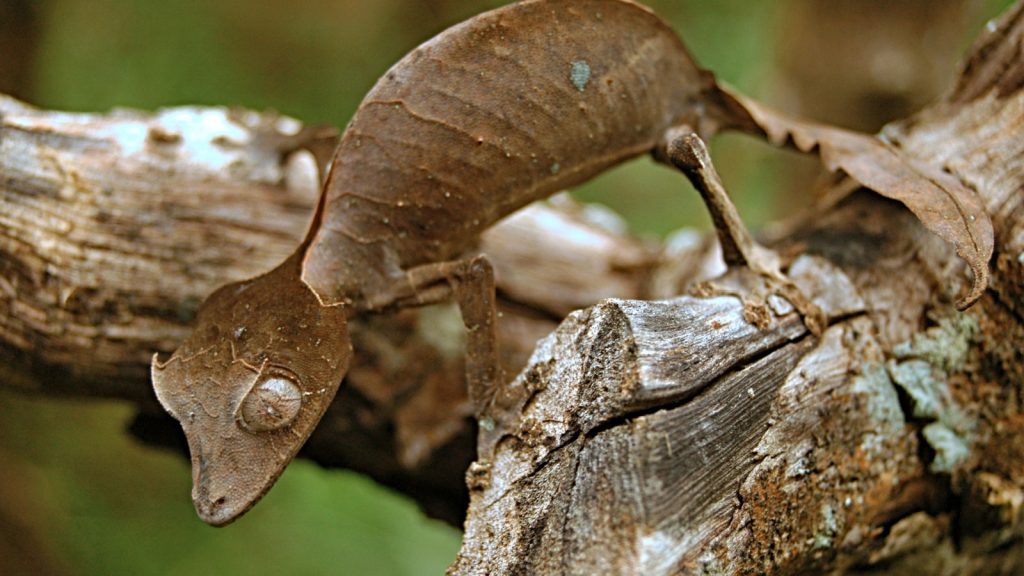
The leaf-tailed gecko is a master of disguise. Found mainly in Madagascar, this reptile has evolved to blend perfectly with its surroundings. Its skin mimics the appearance of a dead leaf, complete with color variations and textures.
These geckos can stay motionless for long periods, waiting for prey like insects to come close. Their camouflage keeps them safe from predators like birds of prey. This fascinating adaptation makes them a prime example of nature’s ingenuity.
2. Mimic Octopus
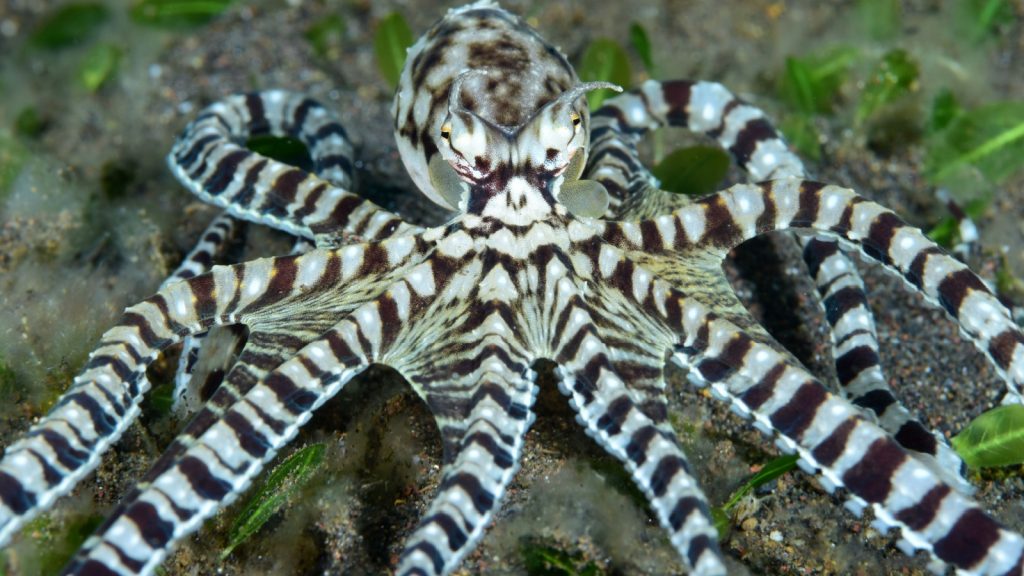
The mimic octopus, also known as Thaumoctopus mimicus, is an extraordinary creature from the Indo-Pacific region. It has an amazing ability to change its shape and behavior to look like other marine animals.
You will find this octopus in shallow waters. Its talent for imitation helps it avoid predators. The mimic octopus can impersonate up to 15 different species, including lionfish, flatfish, and sea snakes.
This octopus uses its colorful skin and flexible body to create illusions. It can stretch its arms to mimic the banded patterns of dangerous sea snakes or flatten its body to resemble a toxic flatfish. These disguises are so convincing that many predators think twice before attacking.
Research on the mimic octopus continues to reveal new insights into how it perfects these amazing tricks. Scientists are fascinated by its ability to learn and fine-tune its mimicry for survival.
3. Hawk Moth Caterpillar
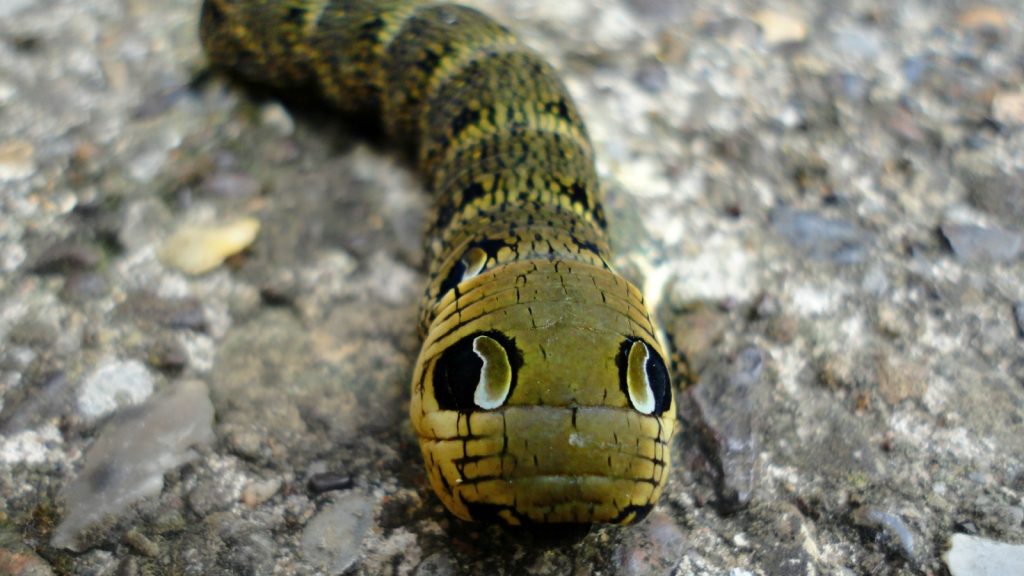
The Hawk Moth Caterpillar is a master of disguise. To avoid predators, it uses a clever trick: it can make itself look like a snake. When threatened, the caterpillar retracts its head and inflates its thorax, displaying a pattern that resembles a snake’s head.
This mimicry helps the innocent caterpillar scare off birds and other potential threats. Even humans can be fooled by this impressive bluff. Through this unique behavior, the Hawk Moth Caterpillar ensures its survival in a dangerous world.
4. Malaysian Orchid Mantis
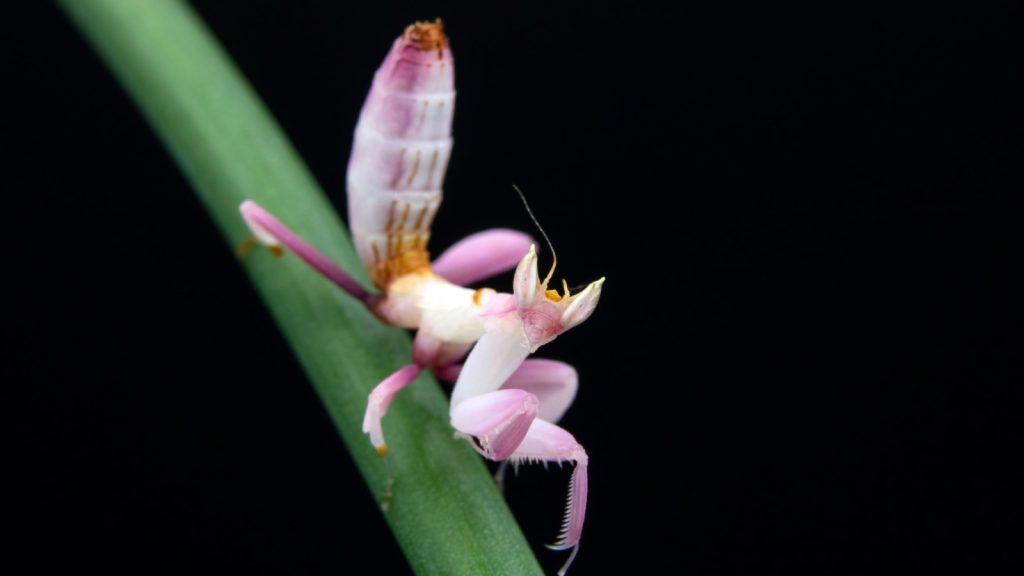
The Malaysian Orchid Mantis, known scientifically as Hymenopus coronatus, is a fascinating example of animal mimicry. This insect has evolved to look remarkably like orchid flowers. Its legs and body parts imitate the shape and color of orchid petals.
Despite looking like an orchid, studies suggest it isn’t an exact replica. Instead, it uses its flower-like appearance to attract unsuspecting pollinators that it then captures and eats. The camouflage helps it blend in with its environment, making it a deadly predator.
5. Viceroy Butterfly
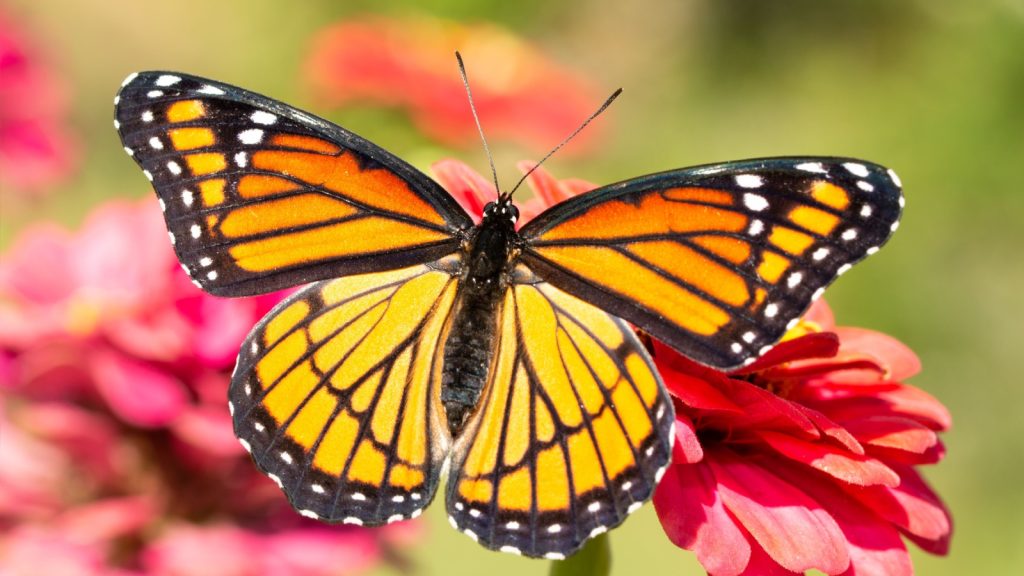
The Viceroy butterfly (Limenitis archippus) is a fascinating example of mimicry in the animal kingdom.
Viceroys closely resemble Monarch butterflies. This similarity initially led scientists to believe Viceroys were harmless mimics in a process called Batesian mimicry. Over time, research revealed that Viceroys are also unpalatable to predators, shifting the understanding to Mullerian mimicry, where both species benefit by sharing a common warning signal.
Curiously, the effectiveness of Viceroy’s mimicry can depend on the abundance of Monarchs in the area.
6. Copperhead Snake
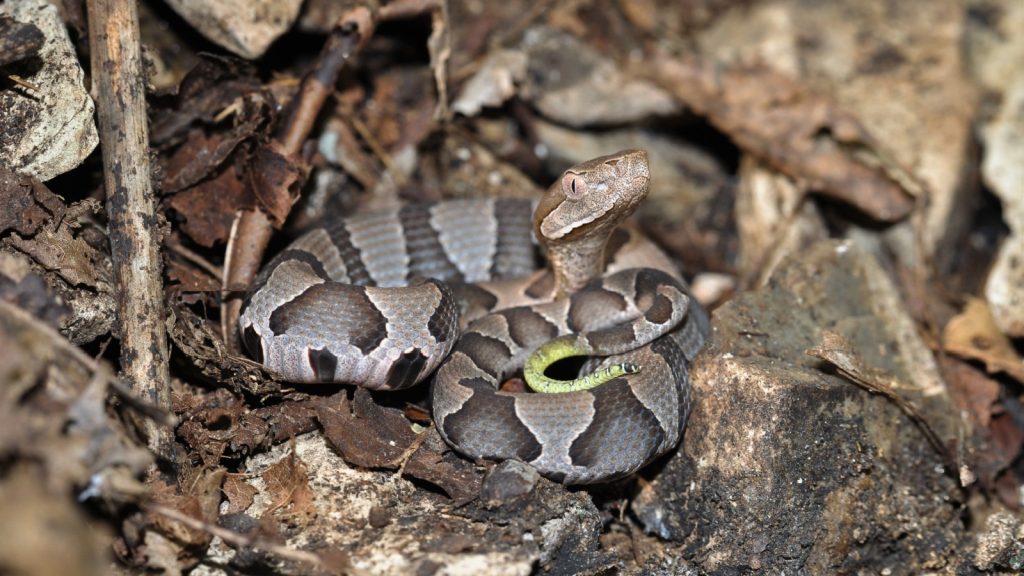
The copperhead snake has a fascinating form of mimicry. Juvenile copperheads use a bright yellow tail tip to lure prey like frogs and lizards. This behavior is known as “caudal luring.”
Their coloration and patterns also resemble leaves and forest floors, helping them stay hidden from predators. By blending in so well with their surroundings, copperheads can avoid danger and increase their chances of survival.
7. Wandering Violin Mantis
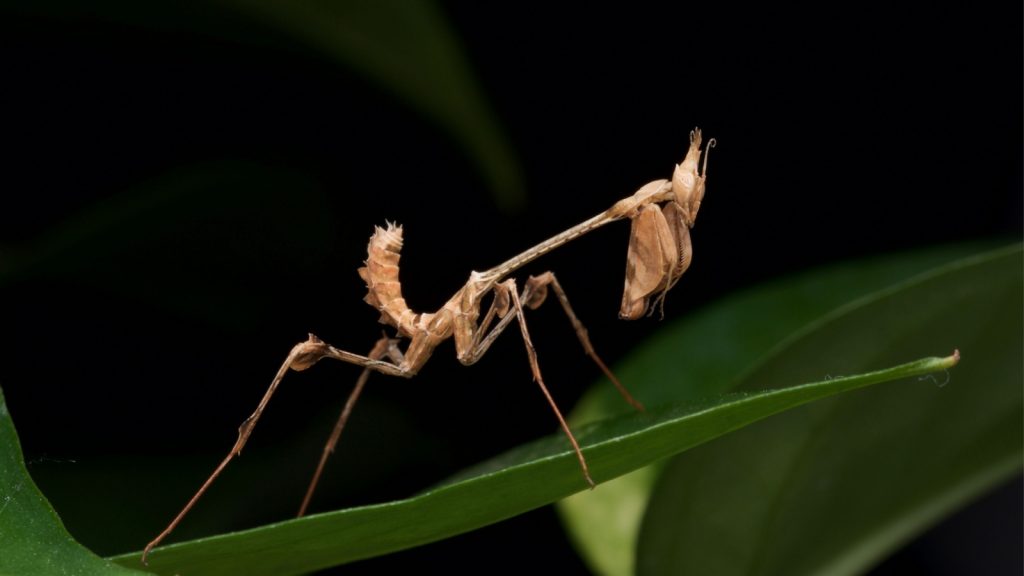
The Wandering Violin Mantis, also known as Gongylus gongylodes, is one of nature’s masters of disguise. This species uses its unique shape to blend seamlessly with its surroundings. Its limbs resemble thin twigs, and its body mimics leaves, making it nearly invisible among plant life.
This insect’s camouflage is not just for staying hidden from predators; it also helps it ambush prey. This balance of defense and offense is key to its survival.
8. Parrotfish
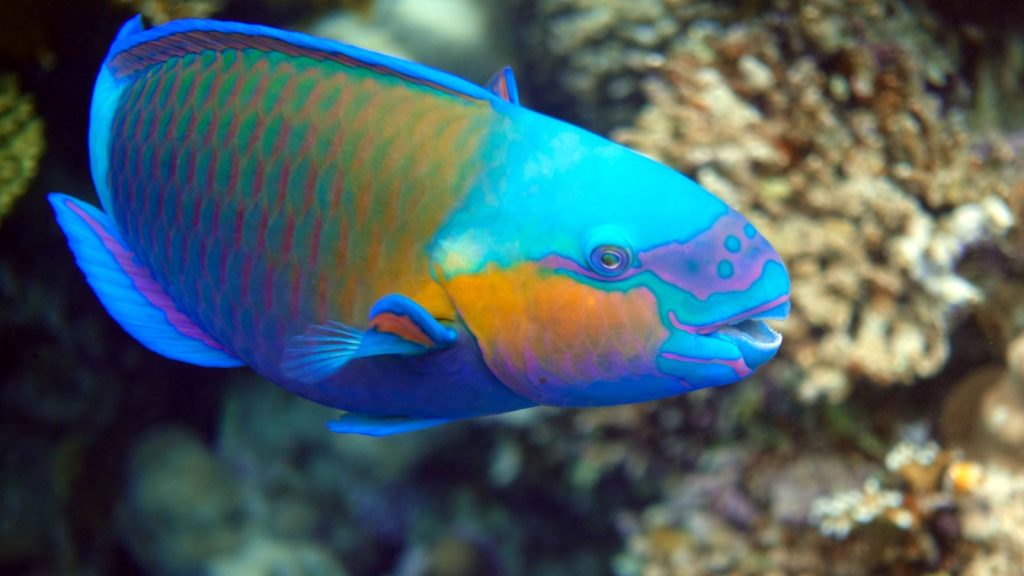
Parrotfish are vibrant reef dwellers known for their ability to mimic the appearance of surrounding elements. They predominantly feed on algae, using their fused teeth, which resemble a parrot’s beak, to scrape food off coral.
These fish play a vital role in maintaining the health of coral reefs by controlling algae growth. Their feeding habits help prevent algae from overpowering the coral, ensuring the reef thrives.
9. False Cleanerfish
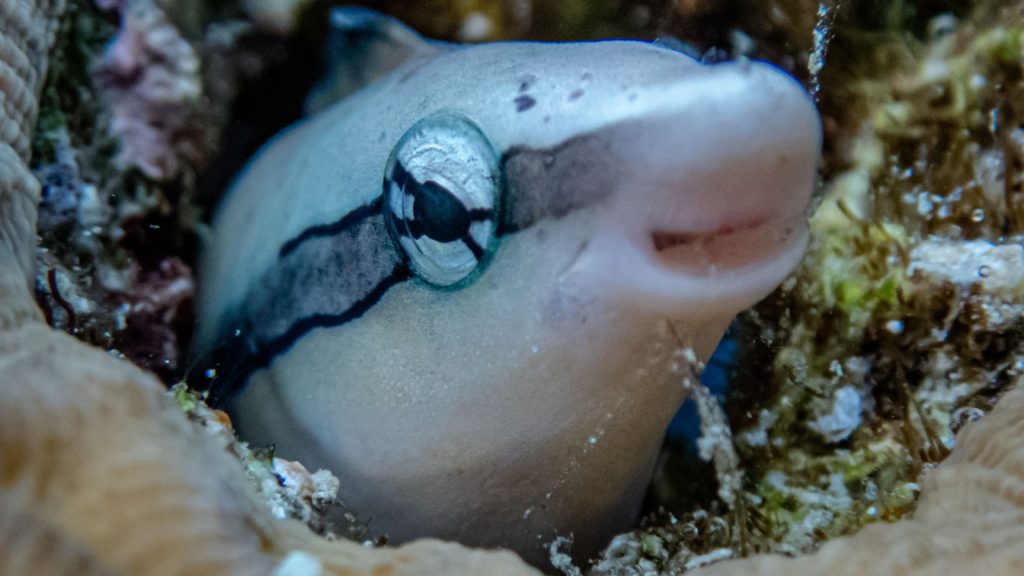
The false cleanerfish, Aspidontus taeniatus, is an intriguing example of animal mimicry. This small fish closely resembles the bluestreak cleaner wrasse, a species that other fish rely on for cleaning parasites from their bodies.
Unlike the genuine cleaner wrasse, the false cleanerfish uses its mimicry for deception. Instead of offering a cleaning service, it takes advantage of its disguise to approach other fish and bite their fins.
This aggressive behavior allows the false cleanerfish to gain a meal without much effort. Other fish, fooled by its appearance, allow it to get close, thinking they will be cleaned. This unique strategy showcases the diverse and sometimes deceptive tactics animals use for survival.
10. Eastern Coral Snake
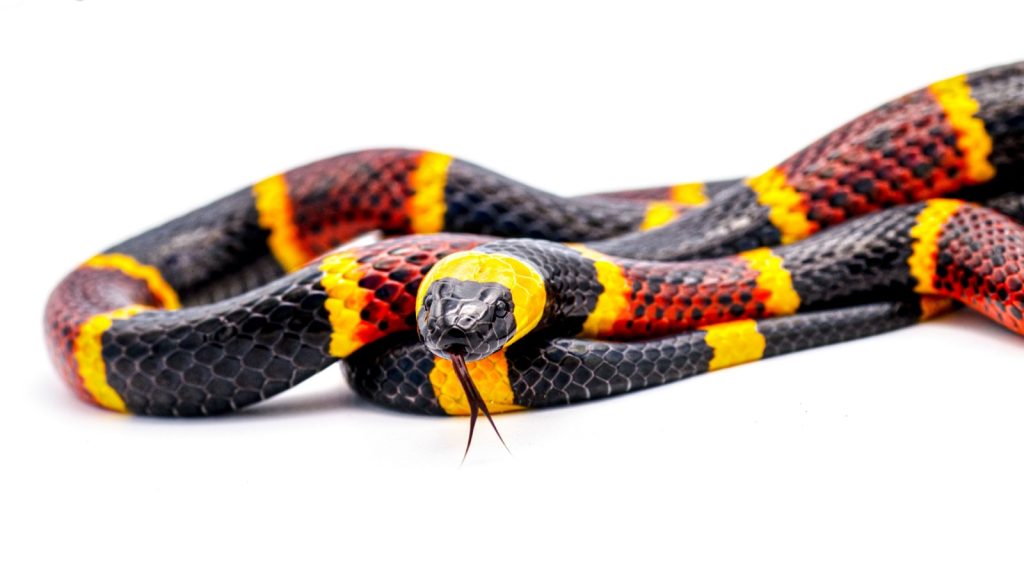
The Eastern Coral Snake is known for its striking color pattern, which includes red, yellow, and black bands. The rhyme “Red on yellow, kill a fellow; red on black, a friend of Jack” helps people identify this venomous snake. Found in the southeastern United States, it prefers moist, wooded areas and marshy surroundings.
Eastern Coral Snakes are shy and elusive. They spend much of their time hidden under leaf litter or burrowed in the ground. They rarely bite unless provoked. Their potent venom attacks the nervous system, making them dangerous despite their reclusive nature.
One interesting aspect of Eastern Coral Snakes is their mimicry. Non-venomous species, like the scarlet kingsnake, mimic their color pattern to ward off predators. This implies that predators avoid both the venomous coral snake and its harmless look-alikes.
11. Pygmy Owl
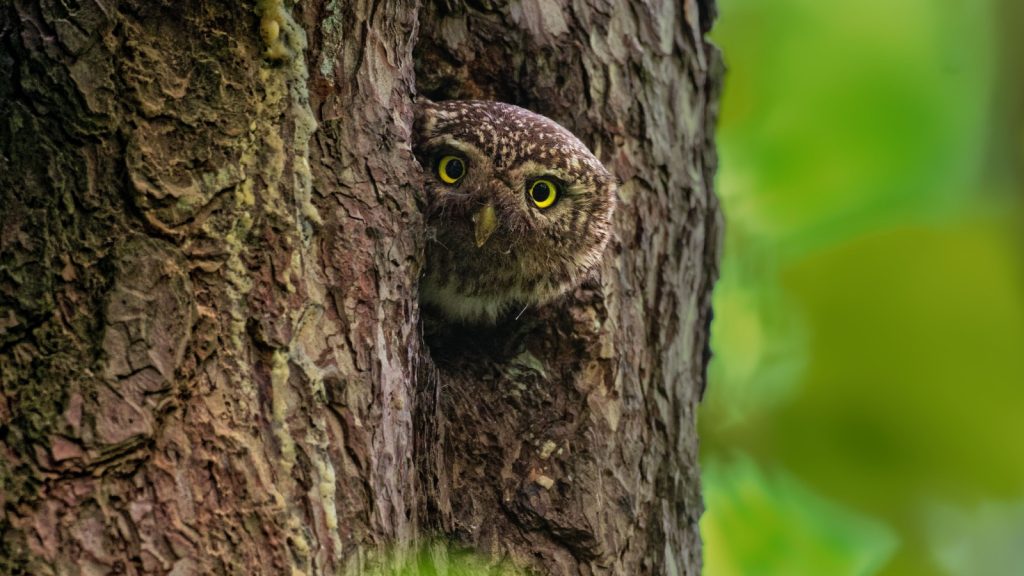
The pygmy owl is a remarkable bird known for its impressive mimicry skills. Despite its small size, it can mimic the calls of other larger predators. This tactic helps it to scare away potential threats and protect its territory.
You can find the pygmy owl in various habitats, including forests and woodlands. Its distinct ability to blend in with its surroundings further enhances its survival.
12. Snowshoe Hare
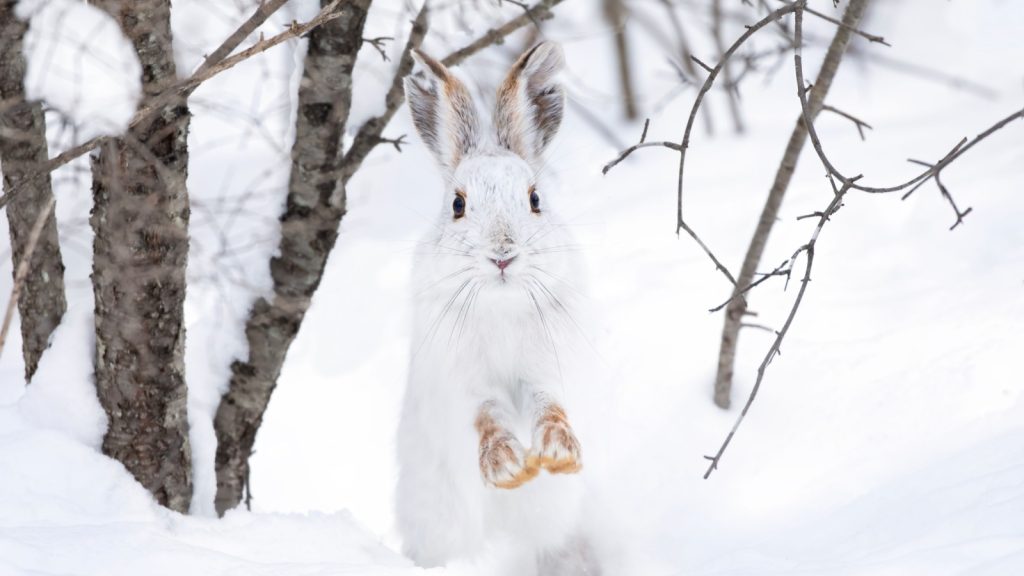
The Snowshoe Hare is a master of disguise.
In winter, their fur turns white, blending perfectly with the snow. This camouflage helps them evade predators like hawks and foxes.
Come summer, their fur changes to a brownish-gray, merging with the forest floor and underbrush. This switch in fur color coincides with seasonal changes in their environment.
These amazing adaptations make the Snowshoe Hare a brilliant example of animal mimicry.
13. Burrowing Owl
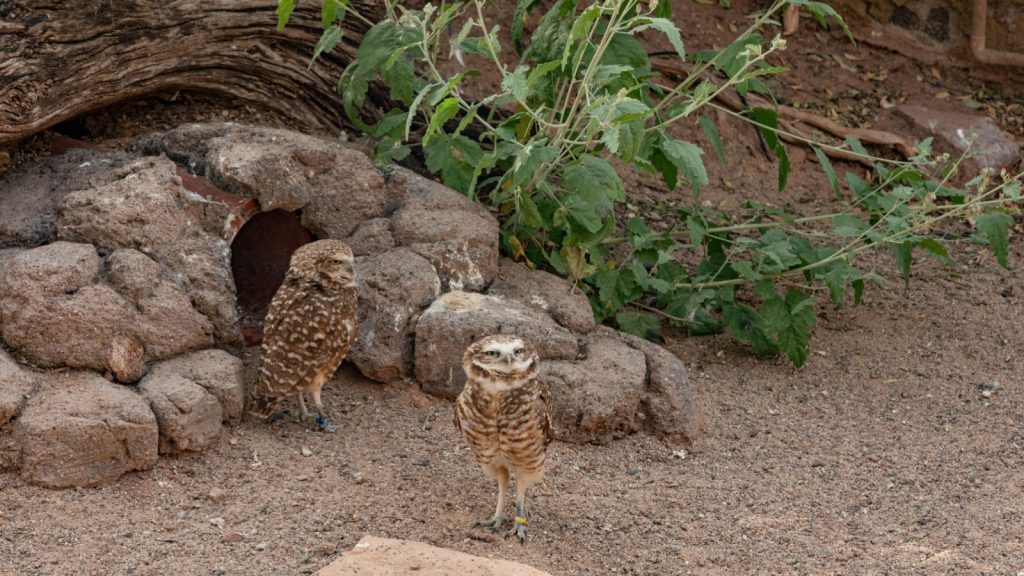
The Burrowing Owl is a master of mimicry. This small, ground-dwelling bird uses a unique trick to keep predators at bay. When disturbed, it can produce a hissing sound similar to a rattlesnake.
This clever adaptation helps to scare off potential threats. Predators often mistake the owl’s hiss for that of a rattlesnake, making them think twice before approaching. This defense mechanism showcases nature’s ingenuity.
14. Lyrebird
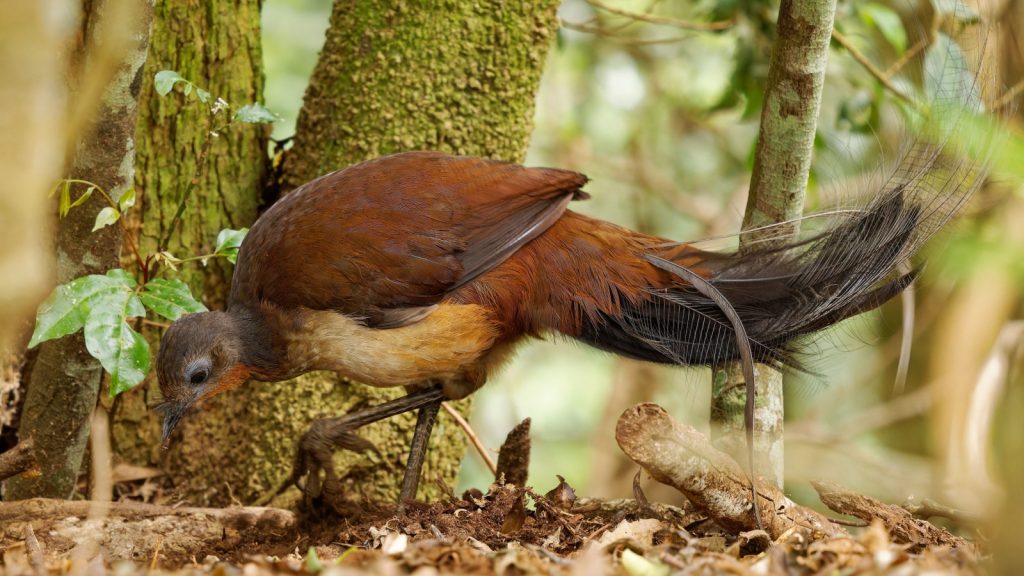
The lyrebird is one of nature’s most skilled mimics. These birds can imitate a wide range of sounds, including other bird calls, camera shutters, and chainsaw noises.
Male lyrebirds use their mimicry, combined with their complex songs, to attract mates. They weave sounds together, sometimes replicating over 20 different species.
Found mainly in dense forests and woodlands in Australia, lyrebirds have long, elegant tail feathers resembling a lyre.
15. Cooper’s Hawk
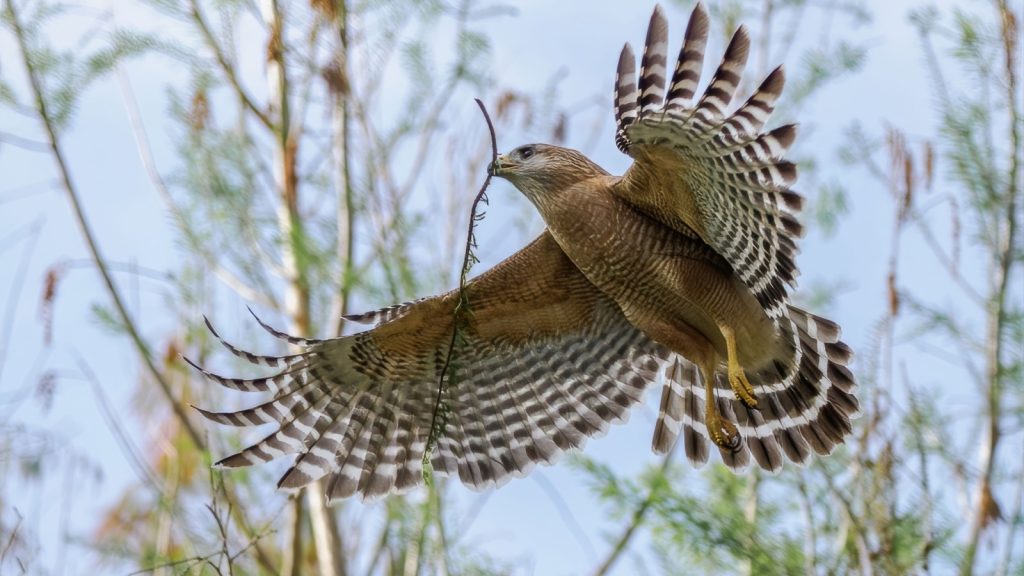
The Cooper’s Hawk is a fascinating bird of prey known for its stealth and agility. These hawks are part of the Accipitridae family and are often called chicken hawks, though they catch various birds.
You can find Cooper’s Hawks across the United States, into parts of southern Canada. Their long tails help them navigate through forests as they hunt, acting like rudders to make sharp turns.
Female Cooper’s Hawks are larger than males, allowing them to catch bigger prey like the Pileated Woodpecker. These birds have earned several nicknames, including blue darter and striker, showcasing their swift and precise hunting abilities.
Katy Willis is a writer, master herbalist, master gardener, and certified canine nutritionist who has been writing since 2002. She’s finds joy in learning new and interesting things, and finds history, science, and nature endlessly fascinating.

